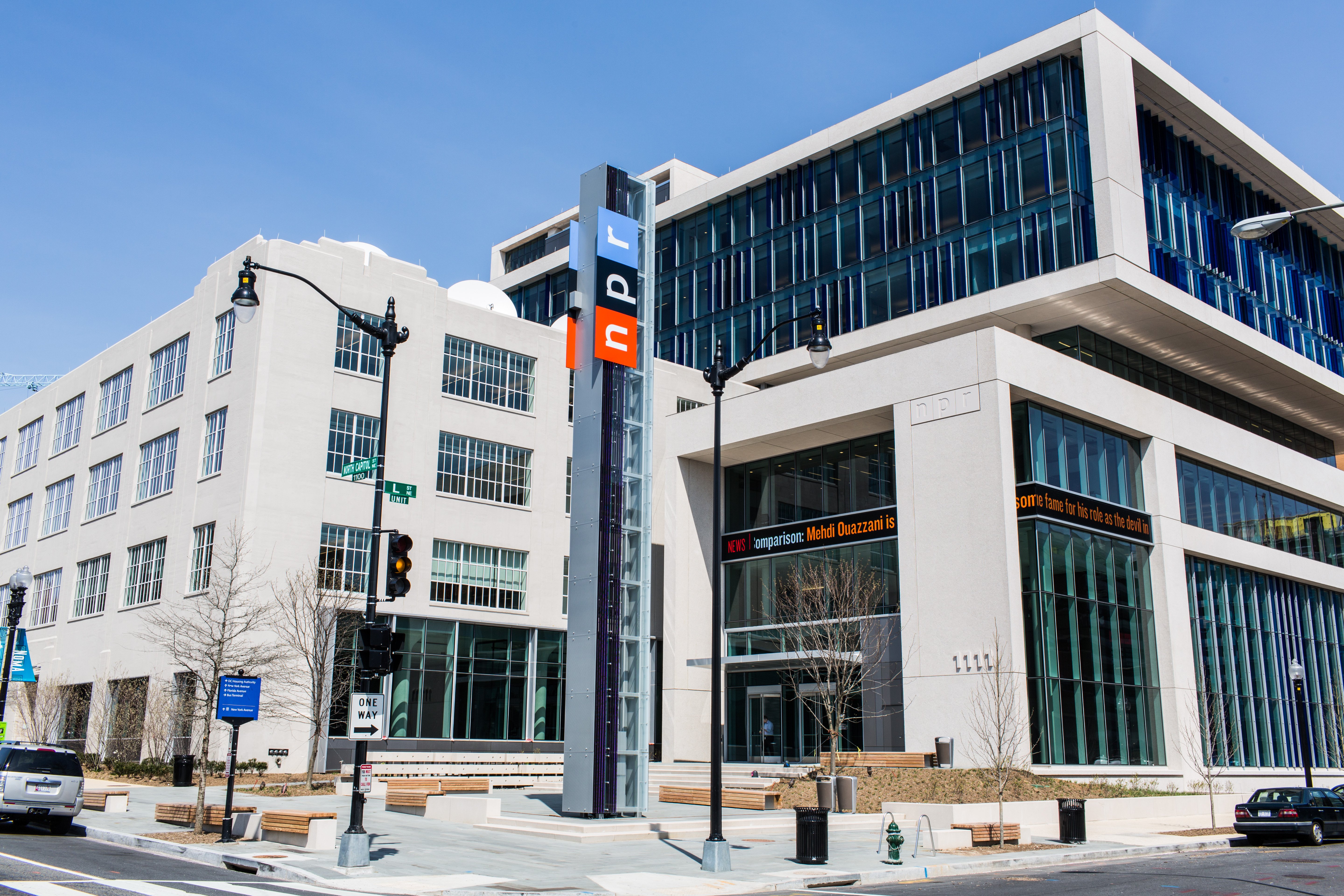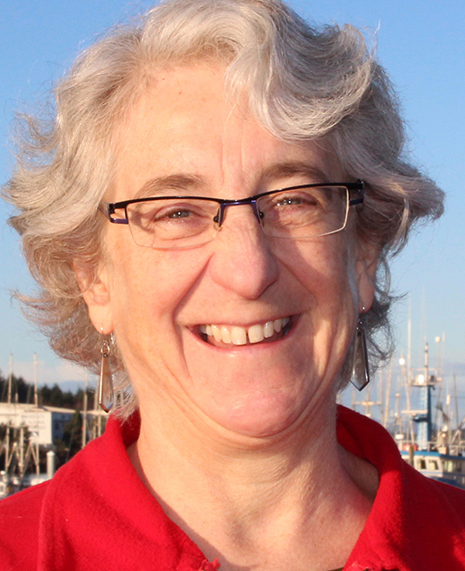System/Policy
CPB convenes public TV leaders to help system innovate
The Future Business Strategies initiative is a different kind of project for CPB.Where do public broadcasting stations abound?
A reader wants to know how many cities have duplicate NPR and PBS stations.NPR staffer puts a fork in Alaska station’s flatware fiasco
The help from headquarters "was totally unexpected and very funny," an Alaska Public Media reporter said.Just how noncom are you?
We’re examining noncommercialism for our Currently Curious series.Ten lessons from West Virginia Public Broadcasting’s near-death experience
After a roller-coaster ride to preserve state funding for West Virginia Public Broadcasting, Executive Director Scott Finn reflects on what he learned ...House committee backs funds for Ready To Learn, passes over interconnection
The committee recommends $25.7 million for the public TV early literacy project.Spectrum repack expenses top $1.75 billion fund
The $2.1 billion total includes $336.6 million requested by 148 public broadcasters.StoryCorps management, employees clash over union representation
Leaders at the oral-history organization say they don’t think a union is necessary but are willing to recognize it.NPR, union reach late-night labor agreement
The agreement will need to be ratified by union members.NPR union employees ramp up campaign as contract deadline nears
A temporary contract expires at midnight.CPB director accuses public broadcasting of ‘identity politics’ in latest op-ed
Howard Husock continues his public criticism of CPB and federal funding for pubcasting.House Appropriations Committee recommends $445M for CPB in 2020
The bill does not include funding for public broadcasting’s interconnection project or public TV’s Ready To Learn.Connecticut AM station goes off air after alleged lack of payments
The station’s future is yet to be determined.Pubcasting orgs in Alaska begin joint venture with shared leader
Alaska Public Broadcasting Inc. and CoastAlaska will work together as state funding declines.Pubcasters ask FCC to end station ID requirement
Other suggestions included revisiting “what constitutes actionable indecency.”









